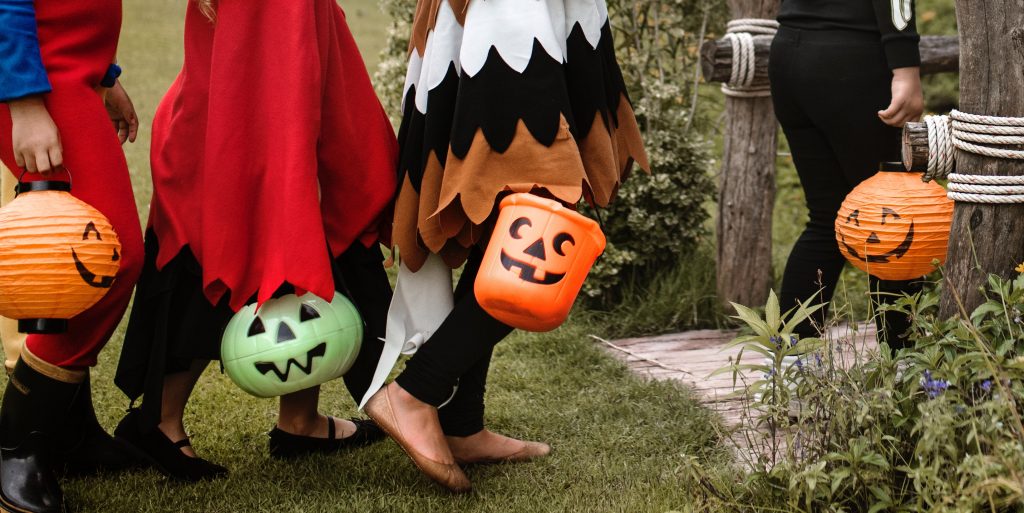
It’s that time of year – costumes, pumpkins, candy, and fall fun! How about getting your kids involved in planning and creating their Halloween costumes? Buying pumpkins? Candy? Trick or Treating? There is a lot of cool math and science you can get the kids doing with all of these things!
1. Engineer your Halloween Costume
Did you know that fashion design (which is after all what costume design is!) is a form engineering? Professor Sandy Black, from the London College of Fashion, explains how math is at the very heart of fashion design: “When somebody is designing and creating fashion to be worn on the body there’s a constant movement between 2D and 3D, which is what fashion designers are doing all the time. For example, pattern cutting is really quite technical and quite mathematical: it is actually a form of engineering.” (Source link)
Have your child choose a costume idea. Together, study a picture of their costume idea. Ask these questions:
- What shapes or patterns do they observe?
- How do they work together to create a character, animal or object?
Next, find a base for your costume (a solid color top and bottom works well for this). Pick up some felt or other fabric pieces at the store, along with fabric tape and tacky fabric glue. Work with your child to cut out different shapes based on what they observed, and begin to create. As you work, ask more questions:
- How far apart should we place these circles so they look like eyes instead of polka dots
- What shapes should we use to represent this pattern?
Depending on the age of your child you can work with simple geometry, measurements, or more complicated fractions. How do fractions relate to designing costumes? Watch this 2 min video to hear from a pro.
2. Pumpkin Math
Visiting a pumpkin patch? That’s a fun, mathematical field trip! Don’t forget some measuring tape and a notebook!
a. Come up with your best estimate for the number of pumpkins in the patch. Ask your children to explain their strategy for estimating the number of pumpkins.
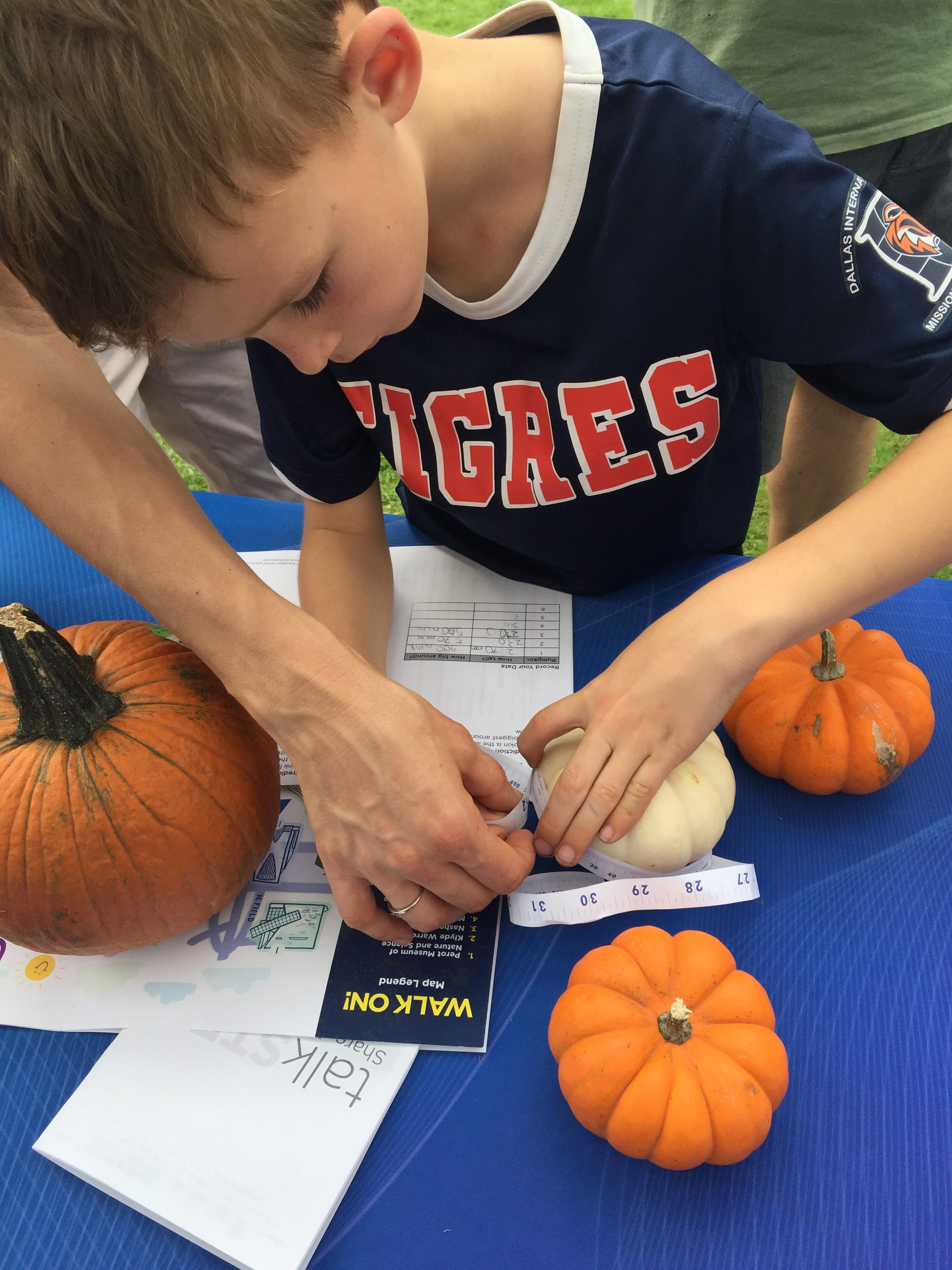 b.Make a Prediction – Which pumpkin is the largest? Do you think the tallest will also be the biggest around? Ask your children to explain their thinking and then actually measure the pumpkins to see how close their estimates were.
b.Make a Prediction – Which pumpkin is the largest? Do you think the tallest will also be the biggest around? Ask your children to explain their thinking and then actually measure the pumpkins to see how close their estimates were.
c. Do you think larger pumpkins have more seeds than smaller ones? Does the number of seeds relate to the size of the pumpkin? Check out the book, How Many Seeds in a Pumpkin by Margaret McNamara! Here is a 6 min video showing how a teacher used the book and pumpkin science and math activities in the classroom. Help your children estimate the number of seeds in pumpkins! Give them an opportunity to pick out 3-5 pumpkins of different shapes and sizes at the store or pumpkin patch. Explain that in addition to carving the pumpkins, they will be estimating the number of seeds in the pumpkin they choose. Ask, “Do you think the size or type pumpkin determines the number of seeds?” Having different types and sizes of pumpkins will give them the opportunity to compare the number of seeds in each. Using the book as inspiration, discuss different estimation strategies. Ask your children, “How can we estimate the number of seeds in a pumpkin before we cut it open? What about after we cut it open? How else could we count the seeds?” Teaching estimating skills helps students evaluate their responses to situations or problems they may encounter in everyday life.
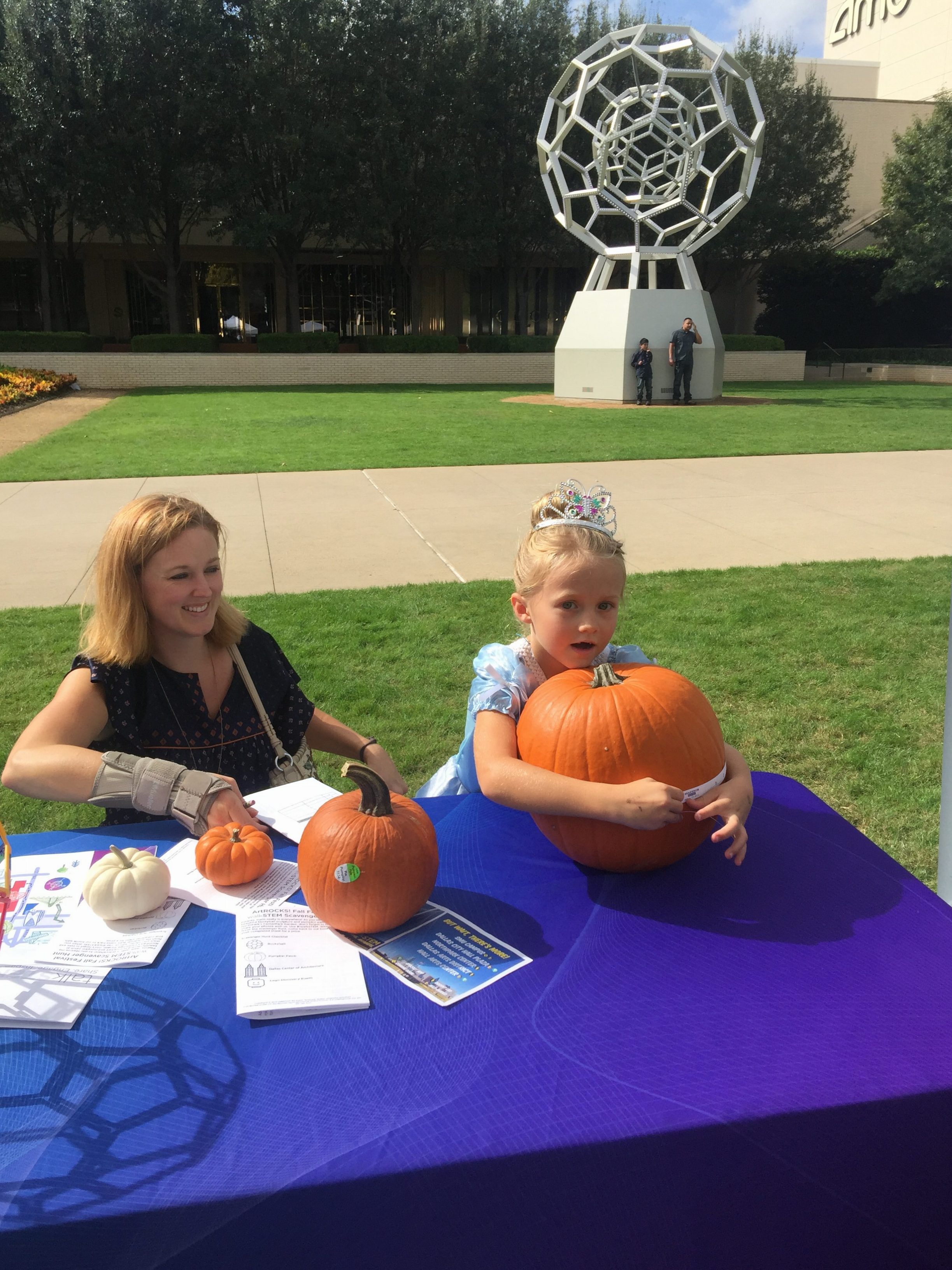
Many of us enjoyed Yayoi Kusama’s magical exhibition at the Dallas Museum of Art in Fall, 2017. Here is the artist reading her poem about pumpkins.
3. Candy Sugar Activity
Ever wonder how much sugar your children consume on Halloween? Have them practice reading the nutrition labels on the back of their candy. Point out the different categories and explain the purpose of nutrition labels. Next, have your children identify how many grams of sugar are in each type of candy. Can you see the sugar in the candy? What does each amount look like? 4 grams of sugar= 1 teaspoon of sugar. Using a bag of cane baking sugar, have your children convert the grams on their candy package to teaspoons of sugar to help them visualize exactly how much sugar they are eating. Children ages 2-18 should have 6 grams or less of added sugar per day. You can ask follow up questions such as, “By how many grams have you exceeded the daily recommended limit of sugar today?” or “If you eat these three piece of candy, what is the total amount of sugar you have consumed converted from to teaspoons?”
Exactly how much candy is in that bag and how much does it all weigh? Have your children brainstorm different methods for weighing their candy. What types of candy are the heaviest? Why?
4. Candy Distance
Find your favorite piece of candy. Find out how long is it? How many of those pieces of candy would you need for 1 yard? 100 yards? a mile?
5. Trick or Treating Map
Are your children excited about Trick or Treating? Are there certain houses they can’t wait to visit for great candy or extra spooky decorations? Have them map out a plan in advance! Show them examples of maps in a book, online or even on a mapping app on your mobile device. They can draw a map of their Trick or Treating route, or create one online using one of these websites. Ask your children to estimate the amount of time it will take for them to walk the entire route. What variables (lines at doors, heavy bag of candy, bulky costume) will they have to take into account when estimating the total time? How long is the entire route? In feet? Miles?
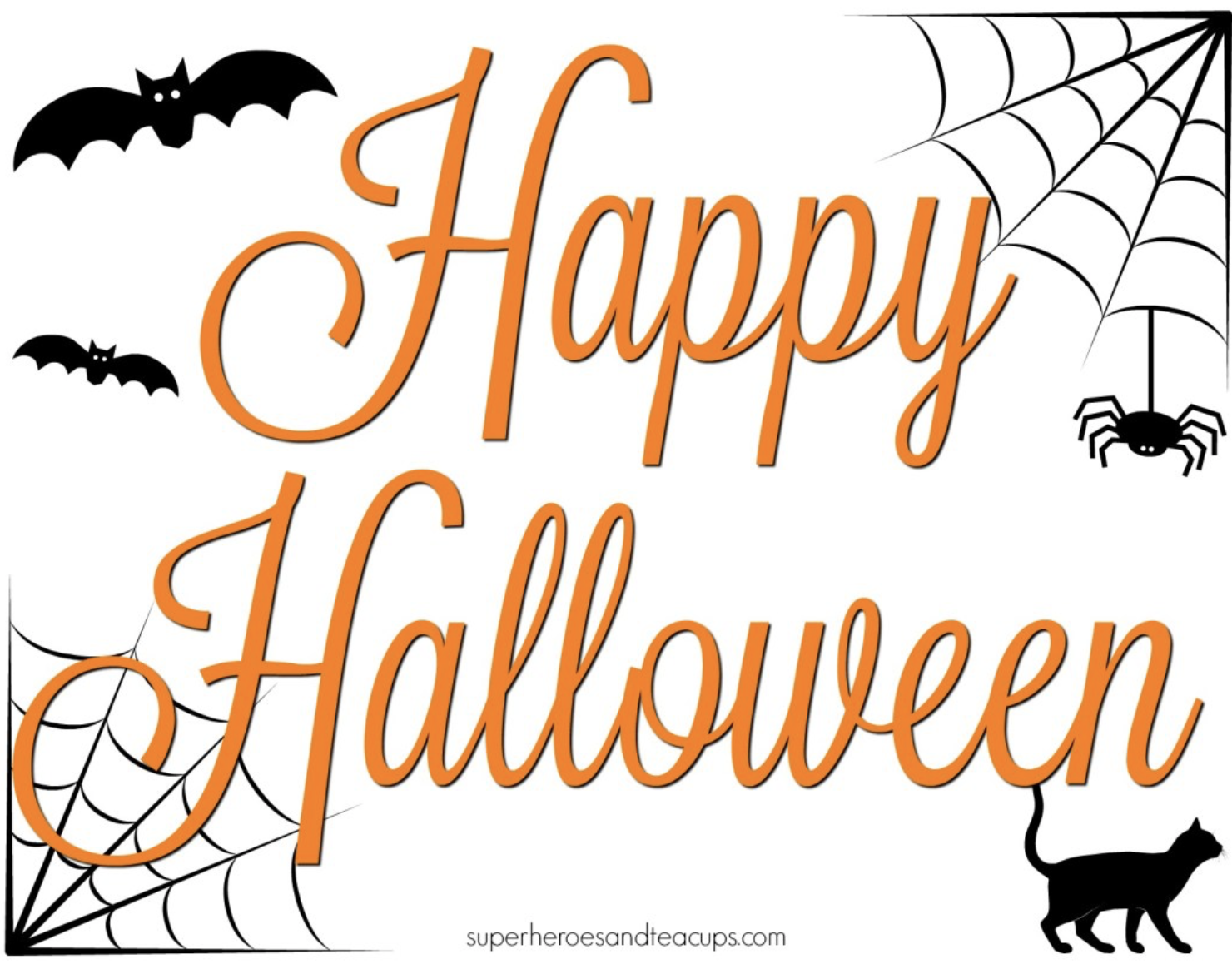
Tag us and share what your kids created/measured/ mathematized. We’d love to see!
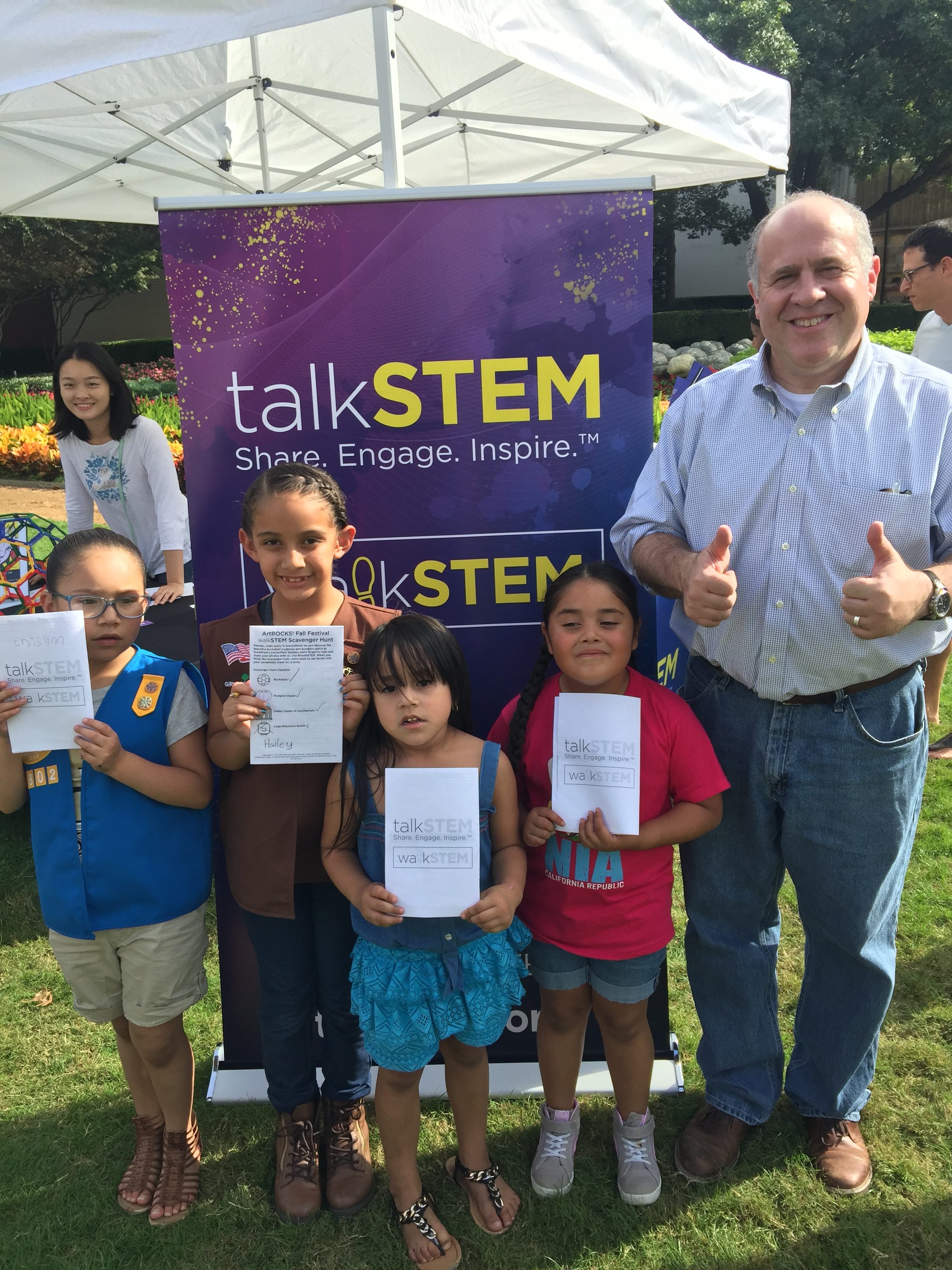
If you enjoyed this blog post, join our growing community to hear about our next community event and read more like this. For DFW folks, see you at Science Saturday at UT Southwestern Medical Center campus in Dallas. We’d love to invite you to join us on a fun, walkSTEM tour there.
The post Five ways to get your Kids to Create, Design, Engineer, and do Math this Halloween appeared first on talkSTEM.